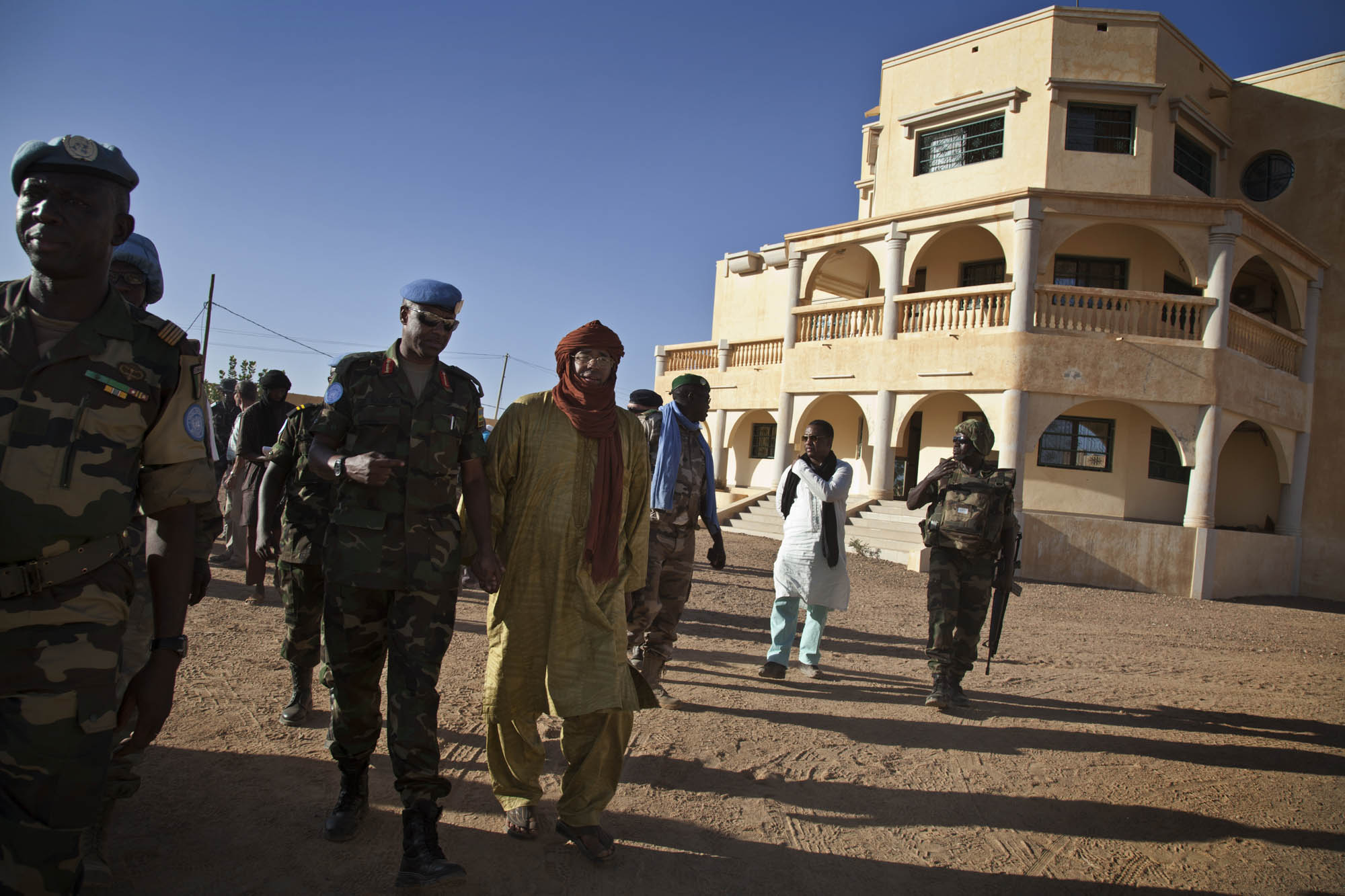Following over seven months of negotiations, the so-called Algiers Accord – an agreement meant to lay the groundwork for peace and reconciliation in Mali – was initialed by the key actors in the conflict over the weekend – or almost all of them. The agreement is supposed to be formally signed during a ceremony in the capital, Bamako, later this month. However, the Coordination of the Movement of Azawad (CMA) – the Tuareg rebel alliance which includes several Tuareg independence groups, including the National Movement for the Liberation of Azawad (MNLA), has asked for more time to consult the grassroots on whether the agreement is an acceptable basis for peace, before formally accepting it. After nearly three years of ongoing conflict, which has been particularly devastating in the northern part of the country, how close is Mali to inking a deal for peace and reconciliation?
The key concerns expressed by the CMA center around the lack of language in the agreement regarding federalism and autonomy for the territory of Azawad, the ill-defined, vast northern region of Mali. Indeed, the long-standing demands for Tuareg autonomy in Azawad have fueled numerous insurgencies in the north over the last decades, and was one of the central reasons for which the most recent conflict erupted in 2013. The Algiers Accord is therefore particularly crucial in laying the groundwork for an appeased political climate in Mali – can it strike the right balance between preserving territorial integrity and making acceptable compromises with the Tuareg minority?
Importantly, the CMA has not outright rejected the accord. Some argue that the additional consultation period they are requesting is an opportunity to build arguments to kill the accord, while others believe that the – so far, apparently unconvinced – population in Northern Mali needs to be socialized to the concepts, principles and expected outcomes of the agreement. Over the next few weeks, analysts and observers will keep their eye on the northern city of Kidal, where the CMA leadership is rumored to hold a general meeting on March 10 to discuss the agreement and the path forward. As representatives from all the parties were preparing to initial the accord in Algiers over the weekend, during a formal closing ceremony for the negotiations, hundreds of people were reported to have taken to the streets in Kidal and other northern towns to express their discontent with the agreement, which is perceived as failing to answer core grievances.
Meanwhile, the Malian government will also have to engage in public relations exercises with the rest of the population. Indeed, the government will need to explain how, even though the northern part of the nation, Azawad (“a human, socio-cultural, memorial and symbolic reality shared by different northern populations“, the accord says), is specifically mentioned by name in the text, this doesn’t represent the first step on a slippery slope towards the disintegration of Mali. The government mediation team has so far said that this agreement represents merely a framework for Malians to work together on resolving a complex, deeply-rooted crisis.
The success of this agreement represents a fundamental step towards long-term peace and reconciliation in Mali. Indeed, if the Tuareg minority can be convinced that it offers enough compromise to make it acceptable – if not perfect – this will lay the groundwork for an appeased Mali. Particularly in the north, where insecurity has been prevailing for years now since the latest insurrection began, even though some are dissatisfied with the accord, many just want to return to a more normalized, less uncertain life. As the UN estimates that over 2 millions Malians still need humanitarian aid – including 400,000 returned refugees struggling to regain their livelihoods – the possibility of this agreement being signed and accepted by all parties is a critical step towards the establishment of an inclusive, peaceful and prosperous Mali.
